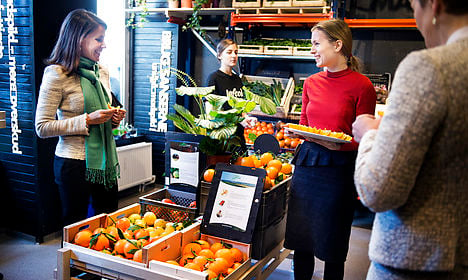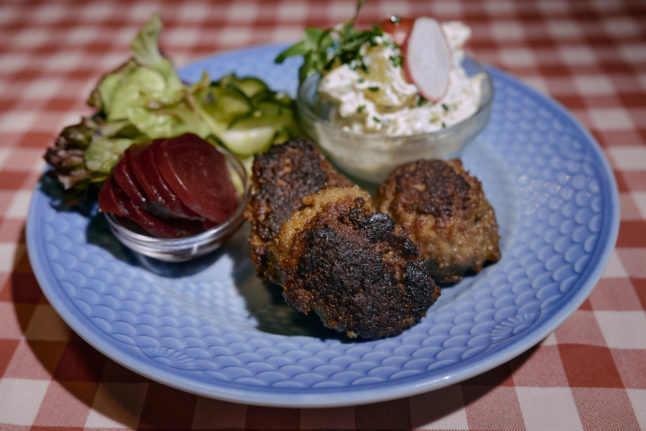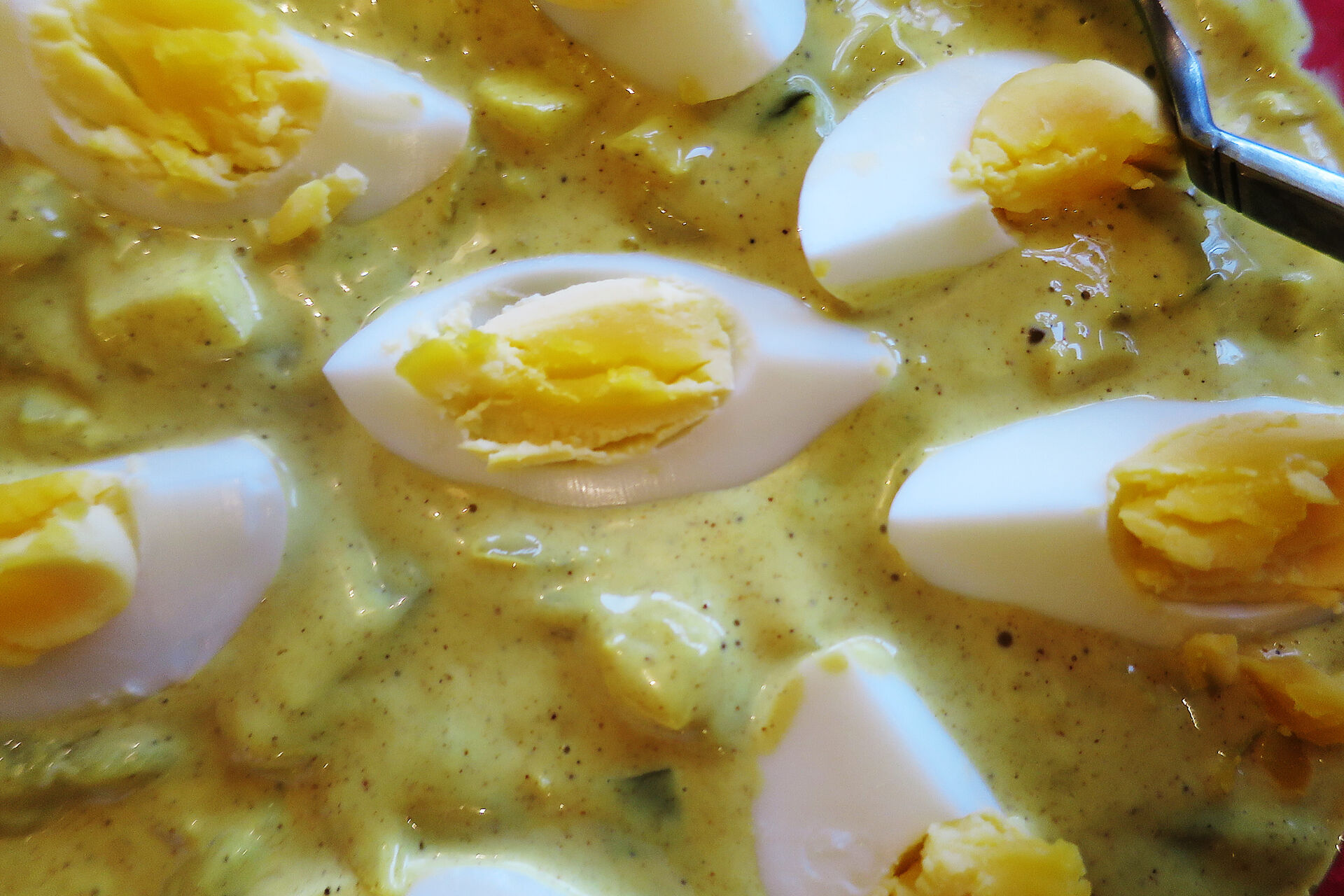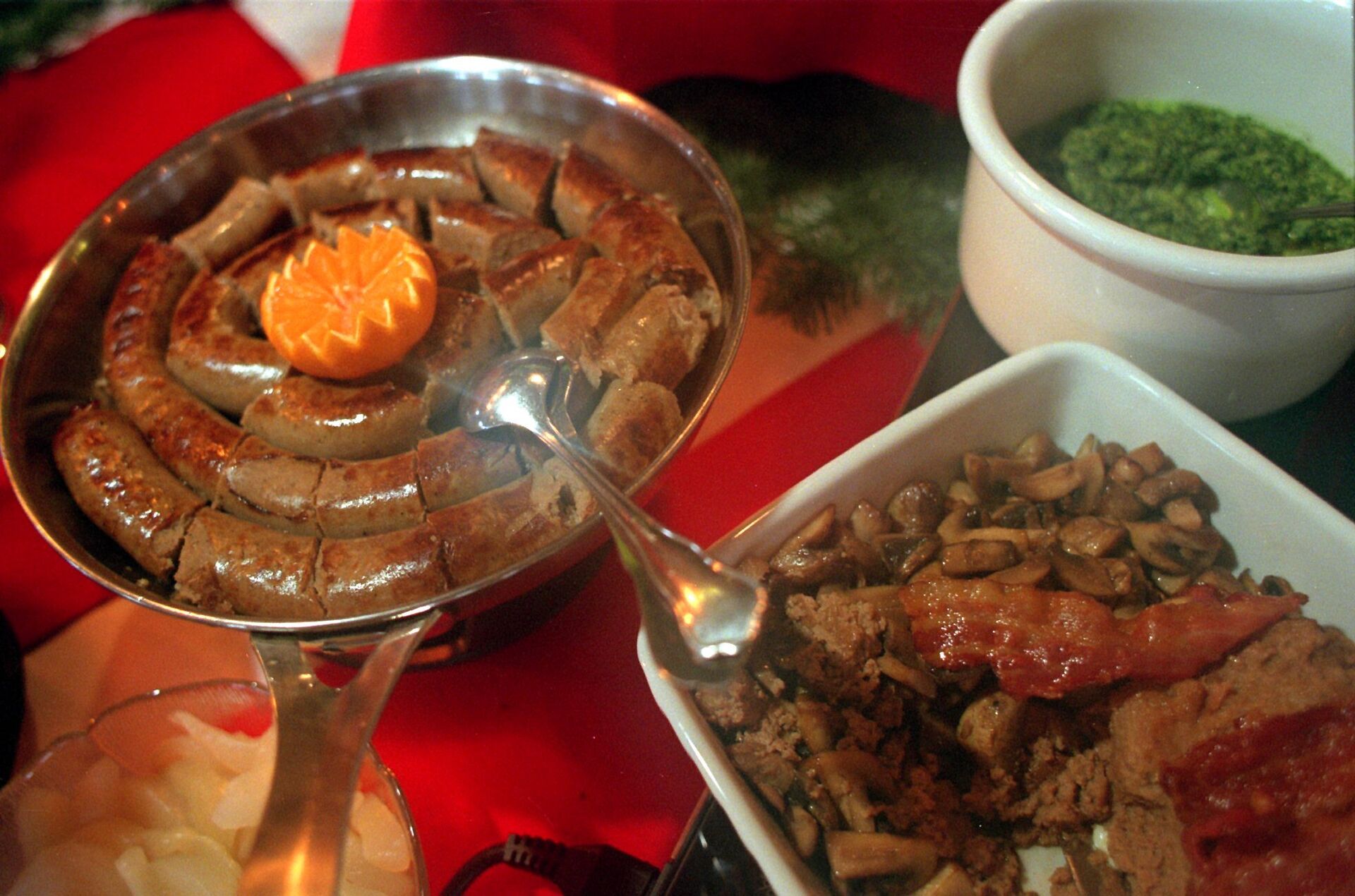SUPERMARKET
Denmark just took a major step to eliminate food waste
Denmark's first supermarket selling surplus food opened its doors on Monday in Amager, officially inaugurated by Princess Marie and the minister for food and the environment, Eva Kjer Hansen.
Published: 22 February 2016 13:47 CET

Princess Marie (left) helped open the new market on Monday. Photo: Liselotte Sabroe/Scanpix
With the opening of WeFood on Monday, Copenhagen is now home to the nation's first supermarket selling only food that would be otherwise destined for the rubbish bin.
“WeFood is the first supermarket of its kind in Denmark and perhaps the world as it is not just aimed at low-income shoppers but anyone who is concerned about the amount of food waste produced in this country. Many people see this as a positive and politically correct way to approach the issue,” Per Bjerre from the NGO behind the market, Folkekirkens Nødhjælp (DanChurch Aid), said at the opening.
His sentiments were echoed by the Danish food minister.
“It's ridiculous that food is just thrown out or goes to waste. It is bad for the environment and it is money spent on absolutely nothing. A supermarket like WeFood makes so much sense and is an important step in the battle to combat food waste,” Hansen said.
WeFood offers a variety of foods including bread, fruit and vegetables, diary, meats, frozen goods and dry foods that otherwise would have been thrown out either because it was beyond its stated purchase date or because of packaging damage. Prices at the store will be 30 to 50 percent cheaper than those in normal supermarkets.
With over 700,000 tonnes of food thrown away in Denmark every year, WeFood is seen as another important symbolic step in a nation that has already cut its food waste by a full 25 percent over the past five years.
“The new supermarket with surplus food is a good start in the fight against food and resource waste. But there are still barriers and rules that do nothing for food safety but make it difficult to give surplus food away,” Hansen said, adding that she plans to discuss EU rules with her European colleagues.
Monday's grand opening was the result of over a year to get the WeFood project off the ground. One million kroner was raised by crowdfunding and DanChurch Aid had to work closely with politicians to overcome legislative obstacles in regard to the sale of food with expired dates before the shop could go ahead. Only once the existing rules had been changed was the shop possible.
The supermarket was originally planned to be opened in Nørrebro due to the high concentration of students and young people concerned about the issue of food waste but the rents in this area proved too high for the charity project. The project is instead located in Amager.
Operated by DanChurch Aid, the project is backed by Føtex and Danske Supermarked, which will be providing the bulk of the stock in the shop. Fresh fruit and vegetables will come from a smaller independent supplier.
The shop is run by volunteers (and there is a need for more) and the profits go towards DanChurch Aid's work in the world's poorest countries.
“That the money from the supermarket goes to a good cause in an extra bonus,” Hansen said.
If the first WeFood shop proves a success, the charity said it would open more in other cities across Denmark.
Url copied to clipboard!




 Please whitelist us to continue reading.
Please whitelist us to continue reading.
Member comments